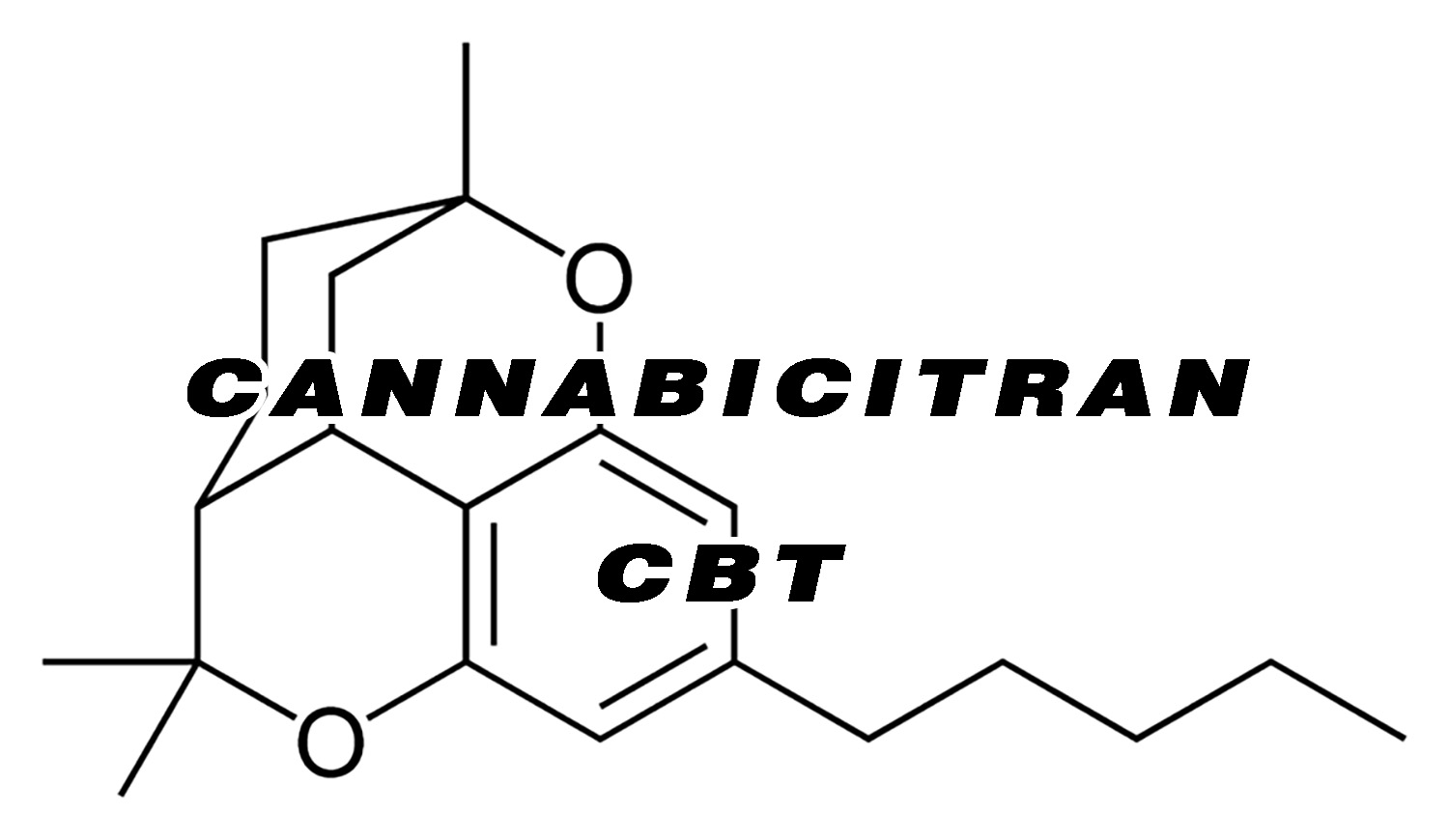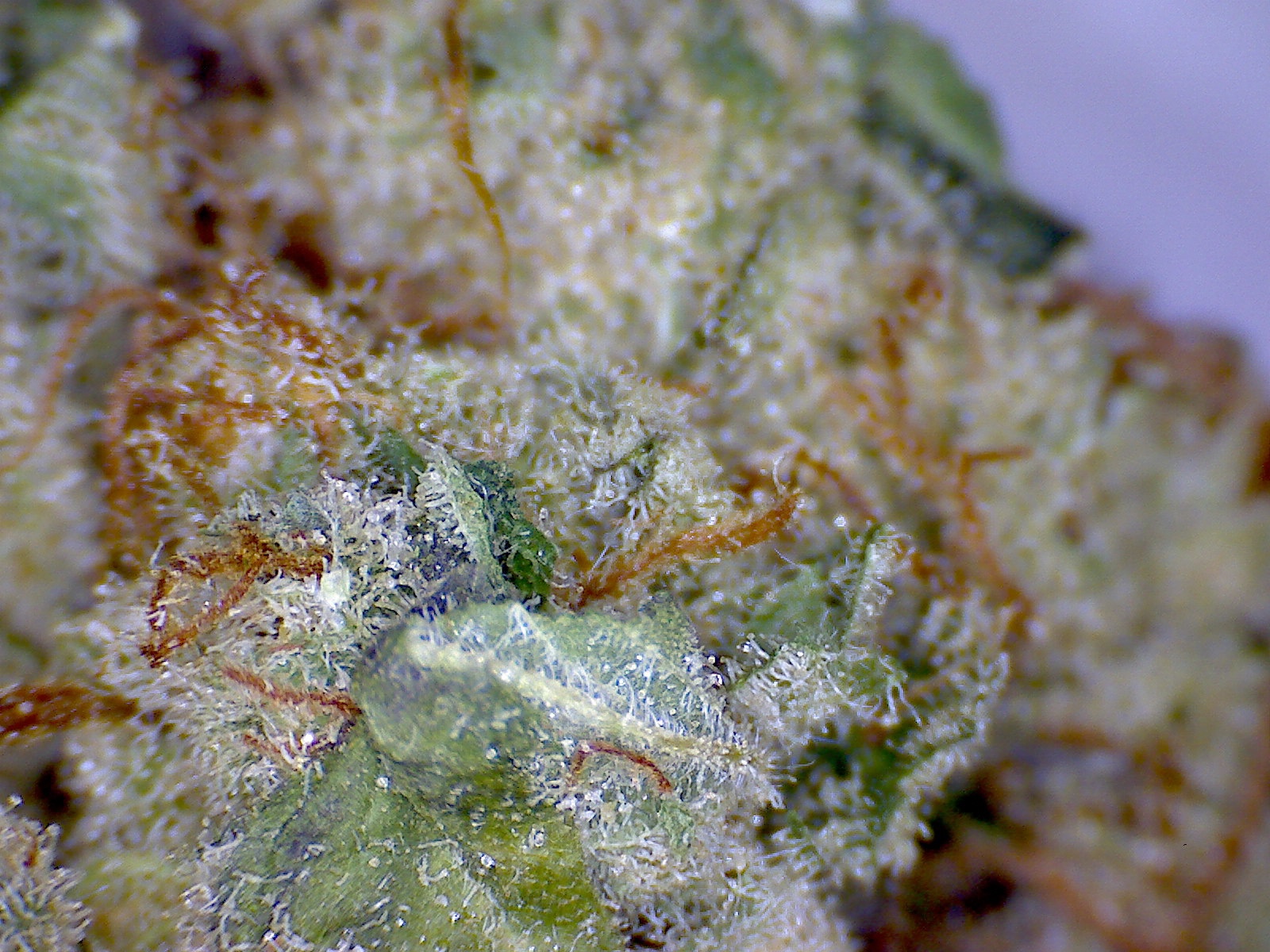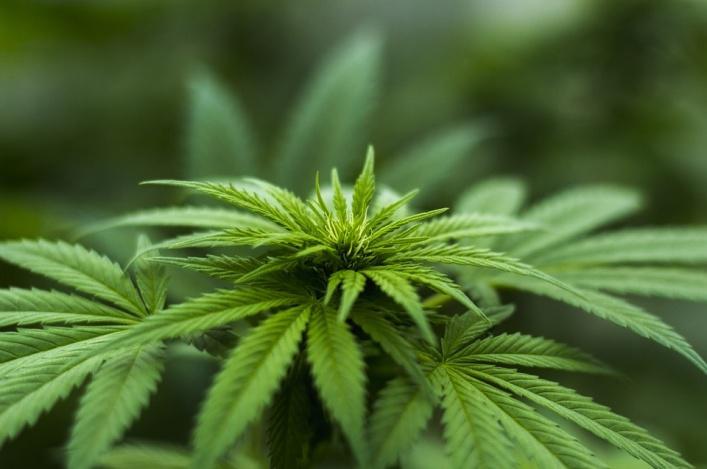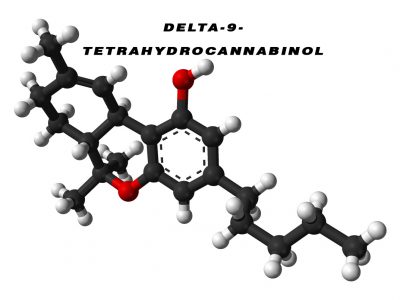Cannabicitran – CBT: What We Know About This Cannabis Compound?

The term cannabinoid is used when we refer to 3 major classes of cannabis compounds. The first class is the phytocannabinoids or the cannabinoids which naturally occur in the plant of cannabis sativa.
Then, the 2nd class is majorly represented by a substance which is produced inside human bodies and known as endocannabinoids. Lastly, the 3rd class is represented by the man-made synthetic cannabinoids.
Each of these classes of cannabinoids possesses their own properties. They have different effects on the human body and the impact on a human organism in different ways. Speaking of which, these findings or conclusive studies do not complete our research work on the highly unique plant – cannabis sativa.
Cannabis is a very unique plant that is known for many medical or therapeutic effects. The legalization of marijuana is the reason why we have not completed the research work on all the compounds present in the plant.
There are almost 400 compounds in the cannabis plant and not all of them are explored yet. These compounds include both psychoactive and non-psychoactive substances and each one of them has unique effects on the human body.
Some of them have positive health effects like treating the symptoms of epilepsy, chronic pain or even cancer, while others are harmful and affects the brain directly like the compounds present in THC category.
Cannabicitran – CBT
One of the compounds of cannabis plant is the Cannabicitran or CBT. It belongs to the cannabinoid compound type. We do not have any information about the medical properties of this cannabinoid. Thus, we can explicitly conclude its positive or negative effects on the human body.
- The compound has the molecular formula of C21H30O2
- The IUPAC Name of the compound is (6AR,9R,10AS)-6,6,9-Trimethyl-3-pentyl-6A,7,8,9,10,10A-hexahydro-6H-1,9-epoxybenzo[C]chromene
- It has the molecular weight of 314.462 g/mol
- It has the complexity of 445
- The monoisotopic and exact mass of the Cannabicitran is same i.e. 314.225g/mol
- The total heavy atom count of the compound is 23
- The compound is known as the new cannabinoid that is isolated from Lebanese hashish. The particular component was found to be similar to synthetic citrylidene-cannabis.
In fact, this is all when it comes to the available information on the compound – Cannabicitran. We have no adequate information about the effects of this compound on the human body, in case of consumption.
Cannabis is now being used in many products and these products are easily available in the market for consumption. However, the use of cannabis is indeed controversial and the rules are different in different countries. The drug is classified as the Schedule I drug, that makes its consumption prohibited.
Some states in the United States have legalized the use of marijuana while in some states it is still prohibited. There are almost 23 European countries which have authorized the use of cannabinoid-based medicines.
However, the only way we can make this drug useful is to continue the research work to fully understand the unique properties and the use of its hundreds of compounds.






